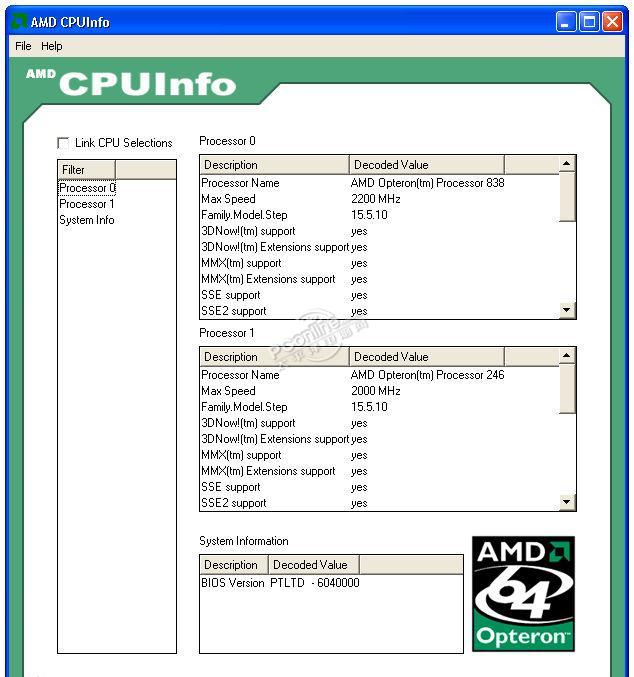
- Linux command cpuinfo install#
- Linux command cpuinfo update#
- Linux command cpuinfo android#
- Linux command cpuinfo software#
The lscpu command is part of the util-linux package whichĬan be downloaded from Linux Kernel Archive. can beįor bug reports, use the issue tracker at. On virtual hardware the number of cores per socket, etc. Sometimes in Xen Dom0 the kernel reports wrong data. The basic overview of CPU family, model, etc. This option must beĬombined with either -extended, -parse or Lscpu follows cache IDs as provided by Linux kernel and it does not For more details about caches see -cache. Versions before v2.34 reported per-core sizes, but this output was confusingĭue to complicated CPUs topology and the way how caches are shared betweenĬPUs. The cache sizes are reported as summary from all CPUs. Unsupported column is specified, lscpu prints the column but does not Not all columns are supported on all architectures. The column labels are not case sensitive. Specified columns, arranged in the specified order. Specify aĬomma-separated list of column labels to limit the output table to only the Use this argument to customize the command output. Options that result in an output table have a listĪrgument. The number of physical sockets, chips, cores in the host system. Support retrieving physical topology information, lscpu also displays Typically different from the physical (host) system. In virtualized environments, the CPU architecture informationĭisplayed reflects the configuration of the guest operating system which is Less" to see the default output without optimizations. Pipes) is never affected by this optimization and it is always in The default output formatting on terminal is subject to change and There is also information about theĬPU caches and cache sharing, family, model, bogoMIPS, byte order, and Includes, for example, the number of CPUs, threads, cores, sockets, and Optimized for parsing or for easy readability by humans. Sysfs, /proc/cpuinfo and any applicable architecture-specific Lscpu gathers CPU architecture information from And those want to show off or share their system’s processor specs to someone with nice look, they can use it.Lscpu - display information about the CPU architecture SYNOPSIS So, this was the quick way to show CPU information on Linx but in an elegant way, however, it is not a necessary tool at all. Incase you have moved this tool to /usr/bin then simply run sudo rm -rf /usr/bin/cpufetch To remove it, you have go to the directory where you have downloaded it from git and then run the below command rm -rf cpufetch * "legacy": Fallback style for terminals that do not support colors The first 2 colors are the CPU art color and the next 2 colors are the text colors * custom: If color argument do not match "intel", "amd" or "arm", a custom scheme can be specified.Ĥ colors must be given in RGB with the format: R,G,B:R,G,B. * "intel": Use Intel default color scheme

V, -version Prints cpufetch version and exit v, -verbose Prints extra information (if available) about how cpufetch tried fetching information d, -debug Prints CPU model and cpuid levels (debug purposes) c, -color Set the color scheme (by default, cpufetch uses the system color scheme) Simple yet fancy CPU architecture fetching tool To know options to customize the output- cpufetch -hlep Now, you can simply type the name of this Linux CPU info tool from any directory in your Command Terminal to start it. Thus, to remove that problem move the file we have to /usr/bin / using the below command. Well, after building this CPU info display tool on your Linux, to start it everytime we have to specify the path of the directory where we have build it.
Linux command cpuinfo install#
If you are an Arch based Linux users such as Manajro then it is possible to install CPUFetch directly via package management.
Linux command cpuinfo update#
sudo apt updateįor RedHat based systems such as CentOS, AlmaLinux, Oracle Linux, or Fedora yum update yum install make git gcc To install it run the following commands:įor Ubuntu or Debian-based systems, here we are using Ubuntu 20.04 but it will be the same for Linux Mint and other OS.


Linux command cpuinfo software#
Just like Neofetch software which given information about the hardware and system on the terminal along with the logo of the CPU manufacturer, CPUfetch is only for pulling CPU information and the logo. However, apart from Linux, some info may be missing when you run CPUfetch on other supported operating systems.

Linux command cpuinfo android#
Remove or uninstall it Install CPUfetch on Linux Desktop PC or LaptopĬPUfetch is a nifty tool to display the CPU info not only on Linux but also for Windows, macOS, and Android OS-based systems.


 0 kommentar(er)
0 kommentar(er)
